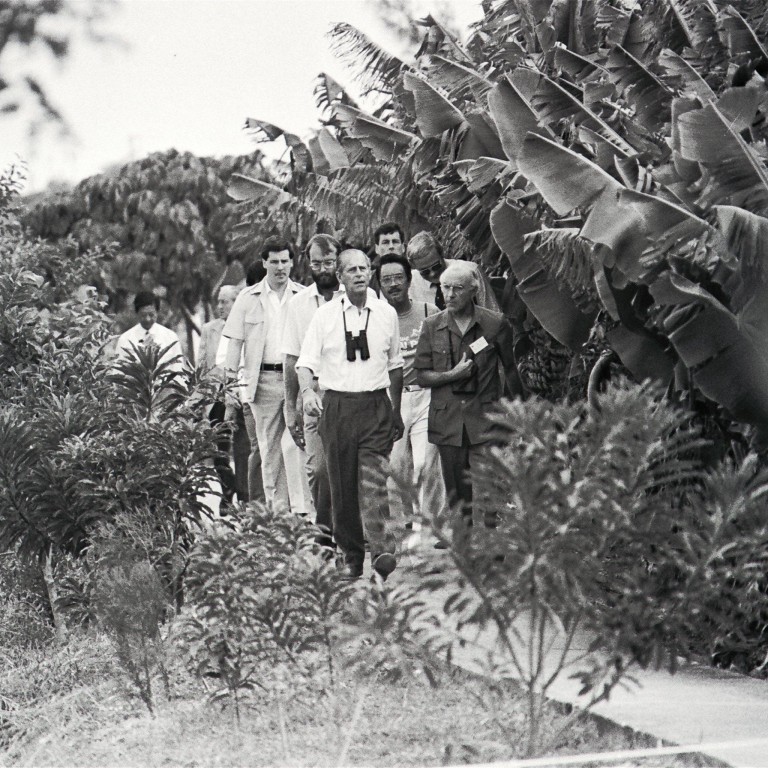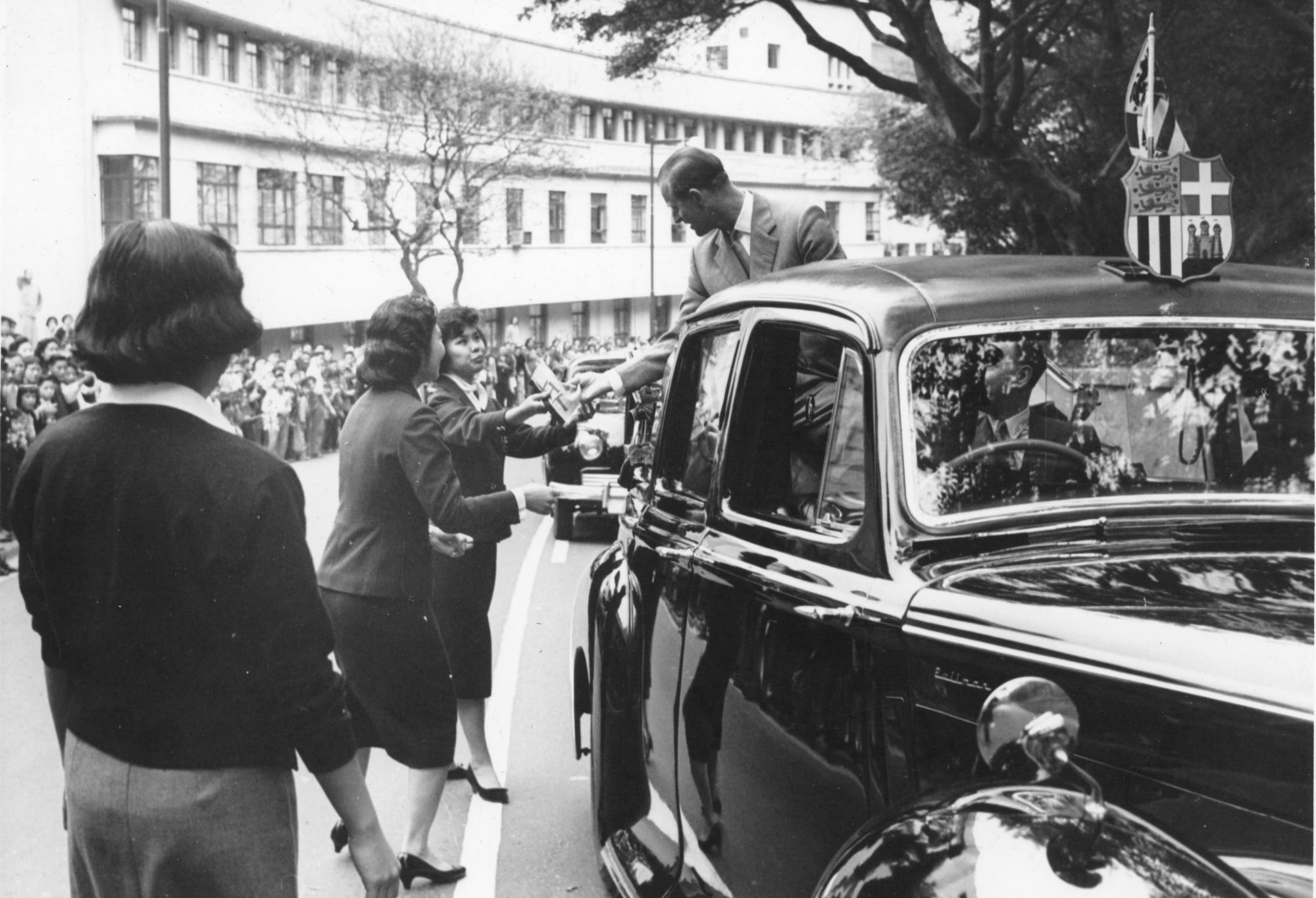
Letters | How Prince Philip left his mark on Hong Kong through an extraordinary life of service
- On his visits to the city, he inaugurated a railway terminus, a dental teaching hospital, a power station and a wildlife education centre, reflecting his status as the queen’s ‘liegeman of life and limb’ and his own wide-ranging interests
Through at least four visits to Hong Kong during the British colonial era, Prince Philip left a mark on Hong Kong, reflecting his venerated status as Queen Elizabeth’s “liegeman of life and limb” and his long-standing interests in education, science, technology, and youth development. On his visit in 1959, Prince Philip presented Hong Kong’s first coat of arms to then governor Robert Black and laid the foundation stone of Queen Elizabeth Hospital in Kowloon, then the largest general hospital in the Commonwealth.
A second solo visit occurred in 1981 for the opening of the eponymous Prince Philip Dental Hospital in Sai Ying Pun, home of Hong Kong’s first dental school and now one of the world’s leading dental teaching hospitals.

During the queen’s second royal visit in 1986, Prince Philip inaugurated two units of the Castle Peak Power Station in Tuen Mun, and stayed behind after the queen’s departure to open the WWF’s Mai Po Wildlife Education Centre in his capacity as the organisation’s president, reflecting a lifelong interest in technology and conservation.
Two prestigious awards coveted by young Hongkongers reflect the duke’s interest in education. The globally renowned Duke of Edinburgh’s Award, known here as the Hong Kong Award for Young People, remains a popular extracurricular programme for schoolchildren, many of whom attend the Duke of Edinburgh Training Camp in Lam Tsuen. Since 1981, the best and brightest of our school graduates have applied for the Prince Philip Scholarship to pursue undergraduate study at Cambridge.
Finally, there is the duke’s famous observation that surely strikes a chord with Hongkongers of all ages and Cantonese gourmands worldwide: “If it has four legs and is not a chair, if it has got two wings and it flies but it is not an aeroplane, and if it swims and it is not a submarine, the Cantonese will eat it.” Echoing the Cantonese proverb that anything that crawls is edible, one is forced to conclude that Prince Philip was the British royal who best understood Hong Kong. May he rest in peace.
Nicholas Tam, council member, Royal Commonwealth Society Hong Kong Branch

